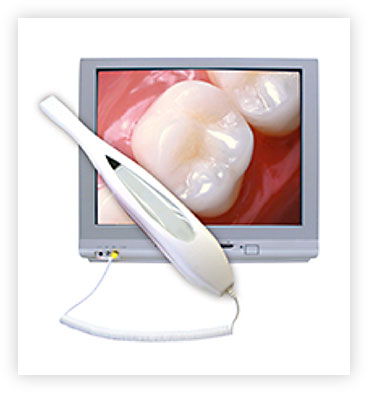TROUBLE STICKING OUT YOUR TONGUE OR SPEAKING CORRECTLY? A FRENECTOMY MAY BE JUST THE SOLUTION FOR YOU….
The muscles of the lips and cheeks are attached to the gums by a piece of soft tissue called a frenum. Sometimes, a frenum can be attached too high on the gums, resulting in recession or spaces between the teeth, and even preventing baby teeth from coming through. Unfortunately, the problems don’t end there. For many, this condition also interferes with speech, causes limited tongue mobility and results in severe discomfort. Drs. Bradley and Dr. Boswell can help!How many of you recently saw The King’s Speech? In the film, King George VI deals with a speech impediment caused by a large frenum that limits his tongue movement, forcing him to enlist the help of a speech therapist.
Learn more about the movie by clicking image below:
And here is the actual recording of King George VI!
Drs. Bradley and Dr. BoswellCould Have Helped King George VI…
What if we told you that those years and years of speech therapy could have been replaced by a 5-10 minute procedure from Drs. Bradley and Dr. Boswell?! Well, it’s true!
Frenectomies are simple procedures where either part, or all of the frenum is removed in order to return the mouth to a healthy balance. Recovery time is usually within minutes, and never more than a few days. Too bad King George VI didn’t have Drs. Bradley and Dr. Boswell in his life.

If you experience pain when stretching your tongue, or are struggling with speech problems, please don’t hesitate to contact us! We’d love to help you say goodbye to those speech impediments for life!
Also, don’t forget to follow us on our Facebook Page to keep up with everything going on in our practice! We look forward to connecting with you there.



 Our intra-oral camera is an amazing handheld device that combines an extremely bright light source with a tiny, high definition video camera. Most intra-oral cameras look a lot like a writing pen, and when moved around inside your mouth, they give our team the ability to see enlarged, detailed images of the surfaces of your teeth, the condition of your gums, and other valuable information about the tissues inside your mouth.
Our intra-oral camera is an amazing handheld device that combines an extremely bright light source with a tiny, high definition video camera. Most intra-oral cameras look a lot like a writing pen, and when moved around inside your mouth, they give our team the ability to see enlarged, detailed images of the surfaces of your teeth, the condition of your gums, and other valuable information about the tissues inside your mouth.